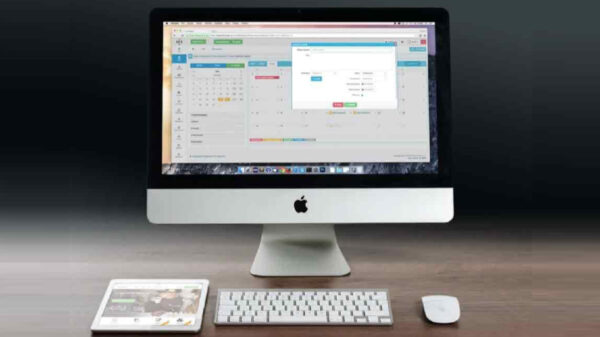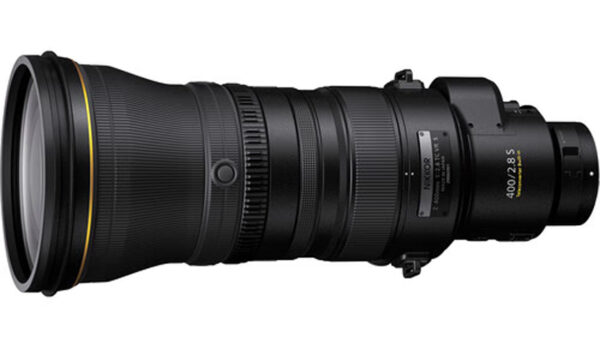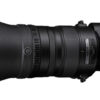The majority of films these days incorporate a huge quantity of 3D modelling and computer generated imagery. They give a film that extra edge of realism, whether it’s generating effects of creating whole worlds like Avatar. 3D modelling can also be used to create stunning products to print via a 3D printer.
Here we look at a few tips to get you started in 3D modelling.
FIRST YOU NEED TO GET TO KNOW THE SOFTWARE
There’s a ton of 3D modelling software out there for you to take a look at. To begin with you should start with some open source software, free, for beginners to play around with. Sketchup is a great example. These can help you get to grips with the basics, play around with a few different ones to see what each offer, only you can decide which type of software you want to invest in.
PERSEVERE
To become a good 3D modeller takes time. You need to put the time in to get the best results. Learn the basics first, after that you can begin to learn some of the more advanced skills and make better 3D models. Allow yourself sufficient time to find your path through all the tricks of the process, and don’t give up if you hit a brick wall. Remember, if you expect too much too soon you’ll frustrate yourself and give up.
USE TUTORIALS
You can only teach yourself so much by playing with software, if you listen to tutorials you can find out way more you didn’t know. You can more advanced tutorials or instead focus on the basics, it’s your call. A mixture of playing with software and learning from tutorials is usually the best way to succeed. Even the most experienced 3D modeler faces difficulty across their career’s that can be sorted out by a quick dip into a relevant tutorial.
DON’T RUN WHEN YOU CAN WALK
Start with the simply things, shapes, for instance, use cubes, pyramids and spheres, this will build an appreciation and help you learn the basics. If you can’t do this, then how are you going to build stunning works of art that require innumerable shapes? If you can’t do the basics you certainly won’t be able to do the more complex shapes. This process will teach you the correct approach, and will build the necessary modeling skills to take your work to the next level.
MAKE SURE YOUR MODEL IS FIT FOR PRINTING
If your model in areas is greater than 45-degree angle, you’ll most certainly need support. If you don’t use support, your model will simply fall apart when it’s printed. Support pieces are recommended so your design keeps its integrity throughout the printing process.you also need to ensure the file itself is printable. Convert it to STL or OBJ and then go back and check for errors, they sometime occur while you convert the files, if they exist your model will not print. You can share your design with various enthusiasts, who can print you model themselves. Or, if you make something particularly stunning you can even sell your design.





























































































